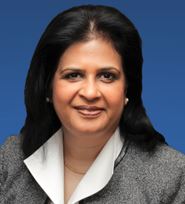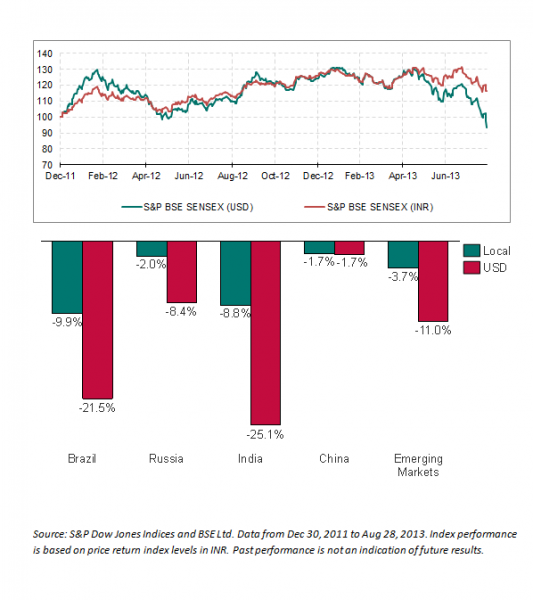Everyone wants to invest with the ‘smartest guys in the room’. But what do the smartest guys invest in? Well, a poll of mutual fund professionals suggests a very surprising result.
As regular readers of this blog will know, while there are plenty of managers who can show attractive returns over the past few quarters it is statistically almost impossible to find managers that can deliver better-than benchmark returns persistently over longer time periods.
But we’re not the only voice in this argument. An entire industry of active fund managers are gainfully and necessarily employed in the cut-and-thrust of this debate. That’s why I was fascinated to come across this article. In summary: 77% of mutual fund professionals are moderately or significantly invested via passive investment products. So perhaps they too see the value of index investing, at least for a portion of their personal account.
It’s always pleasing when we see evidence that our data are being used to help inform investment decisions, so I hope you’ll join me in applauding the investment acumen of active managers who invest passively. They might appreciate the irony.
The posts on this blog are opinions, not advice. Please read our Disclaimers.













































